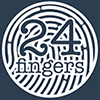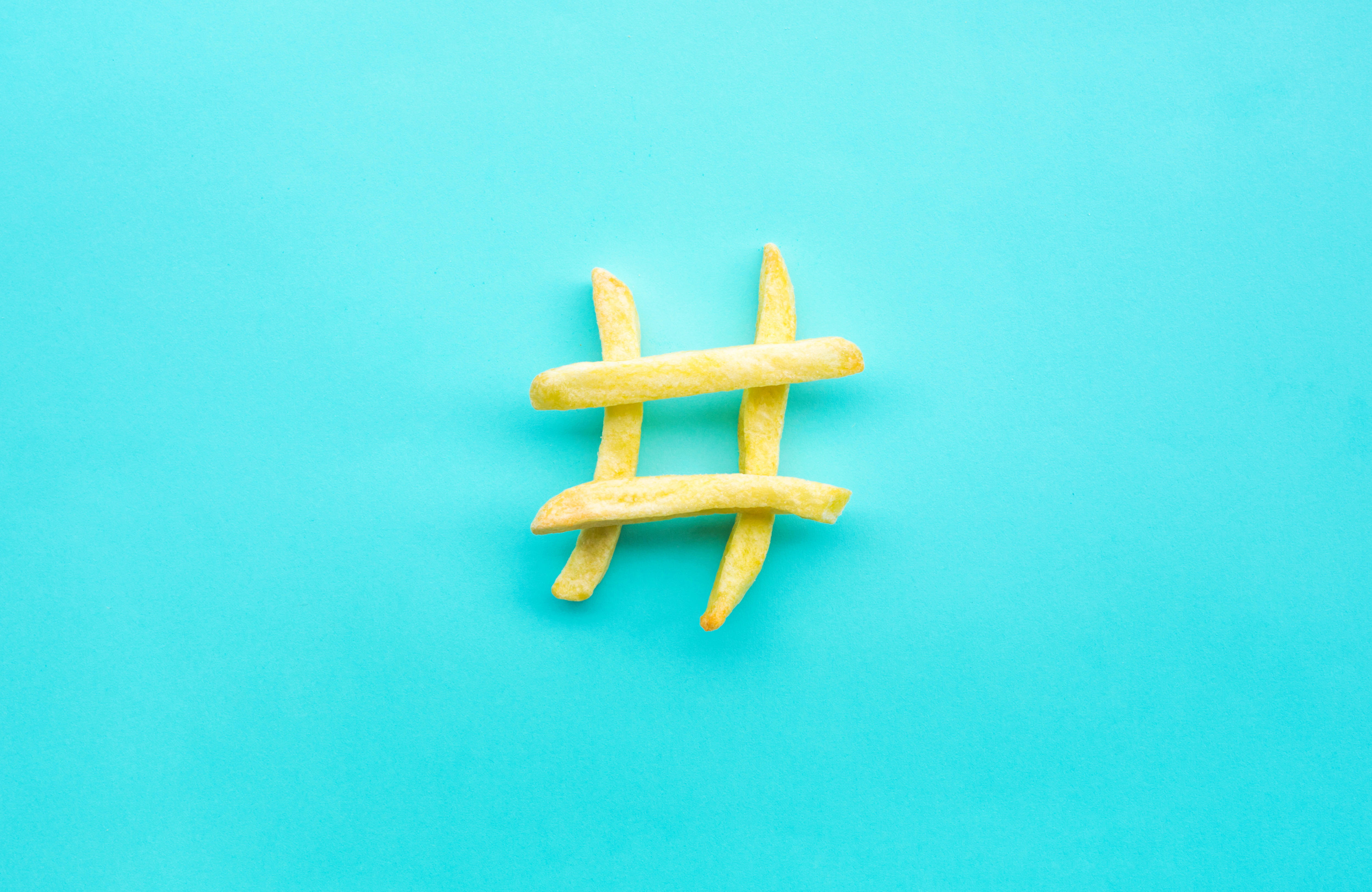Hashtags: we’re all so used to seeing them on our social media feeds nowadays that they’ve become a part of our everyday lives. But using them effectively? Now that can be a different story. If you use hashtags to your advantage, not only will you see your posts receiving more likes, you’ll also see your followers grow, too. Now if that’s not something to #love, we don’t know what is.
What is a hashtag?
A hashtag is a word or phrase which is preceded by the hash sign. It’s usually to signify a certain topic or theme, and you’d normally use them in relation to the content or image of your post. Sounds #easy so far, right?
Well, to a certain extent it is: anyone can use hashtags, and it’s a simple and effective tool, but if you have some basic understanding of what you can achieve with hashtag marketing, your posts will perform even better than if you just chuck a few random words with the hash symbol in front of them at the end of your post.
Where should a hashtag be used?
Hashtags are most commonly used on Instagram and Twitter, and more recently on LinkedIn. They’re used less frequently on Facebook, mostly because they aren’t used to search for topics in the same way that they were originally intended for use on Twitter and Instagram. But that’s not to say that the likes of a campaign hashtag (more on that later) can’t be used on Facebook to lend your campaign an air of consistency and help it to stick in the minds of your followers.
You’d usually pop your hashtags at the end of a post (or if you really want to try to outsmart that Instagram algorithm, in the first comment; get in touch with us if you’d like to hear more on that), but you can also throw one or two into the main body of your caption or tweet too if you wish. This tends to work well if you’re tweeting about a national day, for example #NationalHashtagDay or #SocialMediaDay, or to highlight a certain theme within the main body of a tweet. Just remember not to use too many in your body copy as it can become cluttered and difficult to read if you do.
Don’t forget that you can also use hashtags in your social media bios and in Instagram and Facebook stories, too. You may wish to have your hashtags visible within your stories, but a clean, slick way to increase the reach of your stories is to hide your hashtags to give you beautifully curated yet beautifully searchable content. Get in touch at hello@24fingers.co.uk if you want to know how to hide ’em.
When should a hashtag be used?
Although hashtags can and should be used regardless of what time or day you post, the key to really making a #success of them is all in the timing. For example, posting to your feeds with a relevant hashtag when something is trending is a great way of putting your content at the forefront of people’s feeds.
Remember to review the hashtags you’re using regularly to check whether they’re still relevant to your brand and your followers, to check whether they’ve aged or an event has passed, or whether they’ve simply fallen out of popularity. It’s worth switching some of your hashtags up from time to time just to keep things fresh.
What is a Campaign Hashtag?
If you’re pushing a certain campaign or offer on your social media channels, a campaign hashtag is a great idea. For example, when a certain Essex-based social media agency created a fundraising campaign for a local hospice (ahem, 24fingers), our campaign hashtag of #50Squid4SFH gave consistency across all of the fundraising posts. Similarly, if any of our followers wanted to post to say that they’d donated to our 50 Squid Challenge, by using the #50Squid4SFH hashtag we could follow it and their followers could also use it to find out what the campaign was all about.
Campaign hashtags are also a great way to create User Generated Content (UGC). If a campaign hashtag becomes popular, your followers will start to use your hashtag to attract your attention and with a recognition that their content could be potentially shared to your feed. This equals less work but more content for you. #Winning.
How can I use hashtags to grow my followers?
Hashtags can be a great way to gather likeminded folks and followers around you. Using location-based hashtags is a great place to start, for example #Essex or #BrentwoodEssex. Similarly, if your brand is in a niche market, you’ll be able to find lots of accounts within the same field or industry through hashtags (e.g. #SocialMediaAgency) if you so wish. If you’re using hashtags that are relevant to your field in your posts, others will find you and – holy grail – follow you.
Hashtags: #ThingsToRemember
Ok so a couple of last points (or should that be hashes?) to remember:
#1. There’s some debate as to whether you should use all lowercase in hashtags or uppercase at the start of new words within a hashtag phrase. Neither is incorrect, but it’s worth noting that using uppercase at the start of new words makes it more accessible to those that use screen readers.
#2. You can use a maximum of 30 hashtags on Instagram posts. Use them #wisely.
#3. Invest some time in your analytics. This will help you to channel the right hashtags for your posts and target audience. Rumour has it that Instagram is rolling out a new feature to show post views by hashtag which will be particularly useful going forward; watch this space for more info on that.
#4. Sometimes a comedy hashtag can go a long way: have fun and experiment with your hashtags from time to time.
And finally? If you’re less hashtags and more hash browns, get in touch with 24fingers. We can help your posts to feel #blessed with a little help from our insight into the best use of hashtags for your posts.


